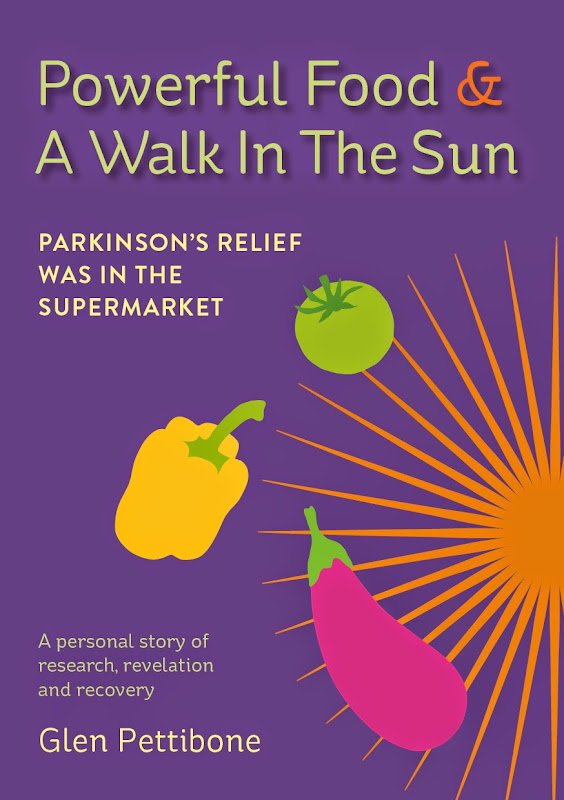Amaranth is so nutritious that the Aztecs worshipped it and it comprised 80% of their diet. It is nutritionally complete, almost 30% protein, and gluten free. The conquistadors preferred the Aztecs worship Christ so sadly, amaranth was replaced with corn.
Because I am allergic to eggs and yeast I developed this recipe for amaranth soda bread:
Ingredients:
Dry ingredients:
- 1, 22 oz bag Bob’s Red Mill Organic Amaranth flour
- 2 Tbsp baking soda
- 1 Tbsp cream of tartar
- 1 Tbsp aluminum free double acting baking powder
Optional dry ingredients ( medicinal):
- 1-2 Tbsp organic turmeric
- 1/2-1 Tbsp organic black pepper
- 1-2 Tbsp Ceylon cinnamon
- 1 Tbsp allspice
Optional dry yummies:
- 2-4 handfuls raisins, dried berries, goji berries
Wet ingredients:
- About 18-22 oz plain whole milk Greek yogurt, or whole milk probiotic Greek yogurt, or Kefir
Optional yummy wet ingredients adding very little sugar overall:
- 2-3 Tbsp organic local honey
Or
- 2-3 Tbsp organic maple syrup
Or
- 4 Tbsp fig spread (lightly sweetened fig preserves, this also softens the bread)
Directions:
Preheat oven to 350F.
Select a 9”x4” non stick bread baking pan and cut a piece of parchment baking paper to slip into the pan and protect your bread from being contaminated by the aluminum of the pan.
Select a large plastic mixing bowl.
Mix together dry ingredients thoroughly using a metal whisk.
Add in optional wet ingredients, then add about 18oz yogurt. Use a sturdy wooden spoon to mix, pressing the spoon into the mixture to force the dry flour into the wet ingredients. Once the flour is mostly wetted and the mixture is mostly clumps of dough, use your hands to gather the dough into a ball, then repeatedly smash the ball, shearing the dough and folding it over reforming the ball. Do this over and over until the outer surface of the ball becomes wetted to point of being tacky to slightly sticky but mostly doesn’t stick to your fingers. If the dough is too dry add yogurt. If it is too wet add flour.
When the texture is right roll the dough into a smooth ball using the bowl, pressing together cracks, making the surface very smooth. Then shape it into a cylinder about the length and diameter of the baking pan.
Set the dough onto the parchment paper in the pan. Take a sharp knife and slit two lines 1/8” deep from end to end near the left and right sides of the top surface lengthwise.
Place on middle oven rack and bake it for 1 hour at 350F. Outer surface will sound hollow when tapped. Inside will be moist. Allow to cool an hour or even overnight. Sliche, enjoy.
Here is some. Nutritional information on amaranth:
Packed with antioxidants:
https://www.researchgate.net/profile/Andreas_Ebert2/publication/272356648_Amaranth_sprouts_and_microgreens_-_a_homestead_vegetable_production_option_to_enhance_food_and_nutrition_security_in_the_rural-urban_continuum/links/54e30ed20cf2c3e7d2d54ea0.pdf
Excellent source of superoxide dismutase (SOD)!:
https://www.ripublication.com/irph/ijgeb-spl/ijgebv5n1_05.pdf
So important some have tried to patent it!:
http://www.google.com/patents/US5186963





